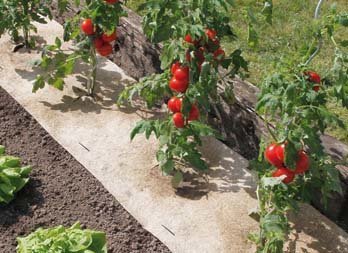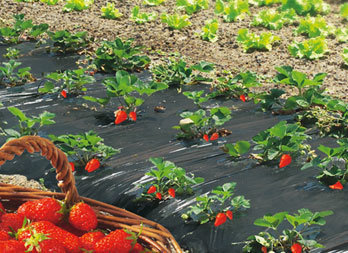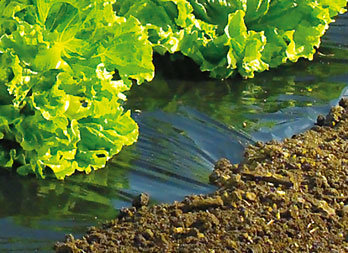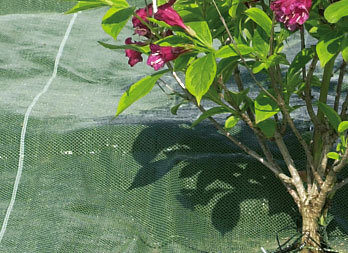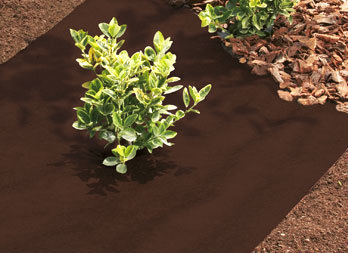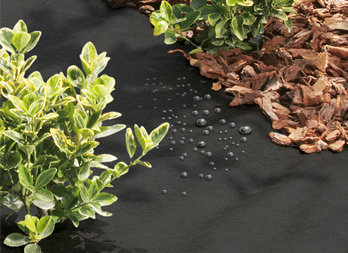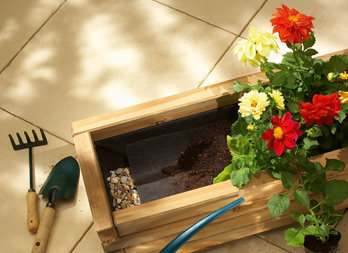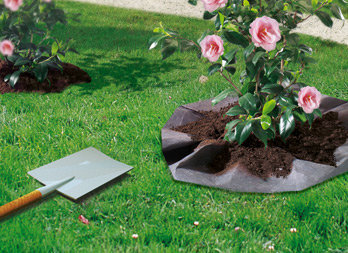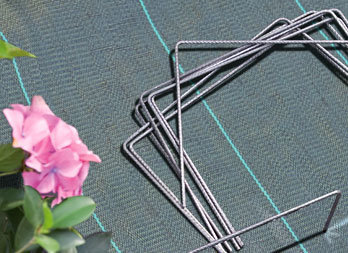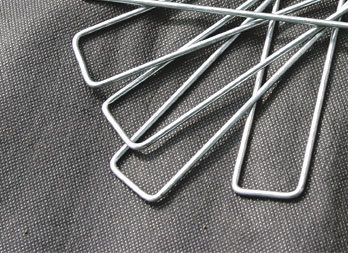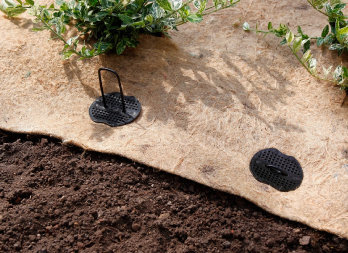Which mulch to choose?
Gardens have a variety of mulching needs. Think your mulching through thoroughly, as
it is not just about having good intentions, it is about mulching in the appropriate way.
A vast range of mulches is available:
- Organic mulch: This is comprised of plant material with varying speeds of
decomposition.
Cut grass, dead leaves, straw, cocoa beans, etc. decompose within a few weeks and can
be used on all types of plants.
Wood cuttings, pine bark, hedge trimmings, etc. take several years to decompose and are
suitable for perennials such as trees, bushes, hedges and flowerbeds.
For a creative option, use the shells from your walnuts, hazelnuts or cocoa beans to
create an original and natural mulch that will improve the structure of your soil and
provide a habitat for certain insects.
- Mineral mulch: Mineral mulch is recommended for plants that are particularly fond of
warm conditions, such as rock plants or grasses. It has three unquestionable qualities: it
does not decompose, it has an indefinite lifetime and it heats the soil.
The most common mineral mulches are pozzolan, schist, clay pebbles, slate chippings, pebbles, gravel and pottery fragments. To prevent mineral or organic mulches from sinking into the soil, it is recommended to underlay a mulching sheet or felt, such as Nortene anti-herbas & Geotex. These offer a lower level of UV protection than woven mulching fabrics. Once covered and fastened in place with Nortene Fixsol metal garden staples, mats and felt have a ten-year lifetime.
- Woven mulching fabric - Nortene Agrosol: With its highly resistant material and
structure, this fabric, which is often used for mulching on roadsides and roundabouts, is
indispensable for flowerbeds and hedges. It is highly resistant to passing animals,
lawnmowers, and can be walked over without ripping, while its UV treatment gives it an
extremely long lifetime of over five years. Available in green, black or brown, this mulch
material can be easily incorporated into landscaping and remains discreet.
It also offers the best value per square metre. Use metal garden staples to fasten down
the fabric at one-metre intervals.
- Natural fibre mulches - Nortene - Chanvrelin 500 & Chanvrelin 750 : Since mulching forms part of
an environmentally friendly approach, you may also wish to use natural materials to
mulch your vegetable garden or ornamental plantings.
Natural fibre mulches – such as the coconut fibre matted disc, or Hessian mattings made
from jute or jute & hemp – will retain humidity around trees and vegetables.
- Plastic mulches - Nortene Terrafilm & Fresafilm: These are
commonly used in vegetable gardens to prevent vegetables from being in direct contact
with the ground. Vegetables therefore remain clean and spatter free.
The plastic films Terrafilm and Fresafilm are available in both micro-perforated or non
micro-perforated versions. They are easy to lay, prevent weeds and increase yield. A
biodegradable version is available if you wish to avoid using plastic in your garden.
Terrafilm bio is manufactured from potato starch and is fully biodegradable and
compostable (Nortene- terrafilm bio).
These fine films are ideal for short crops such as lettuces, aubergines, courgettes and
melons.
With these tips, you now know everything you need to know to mulch successfully.


